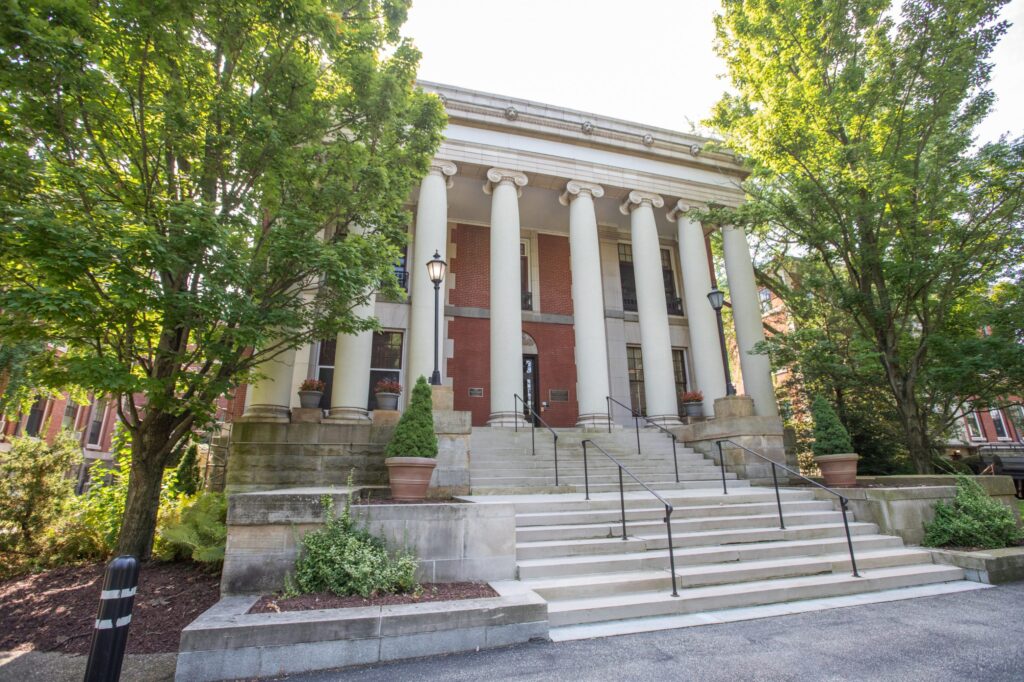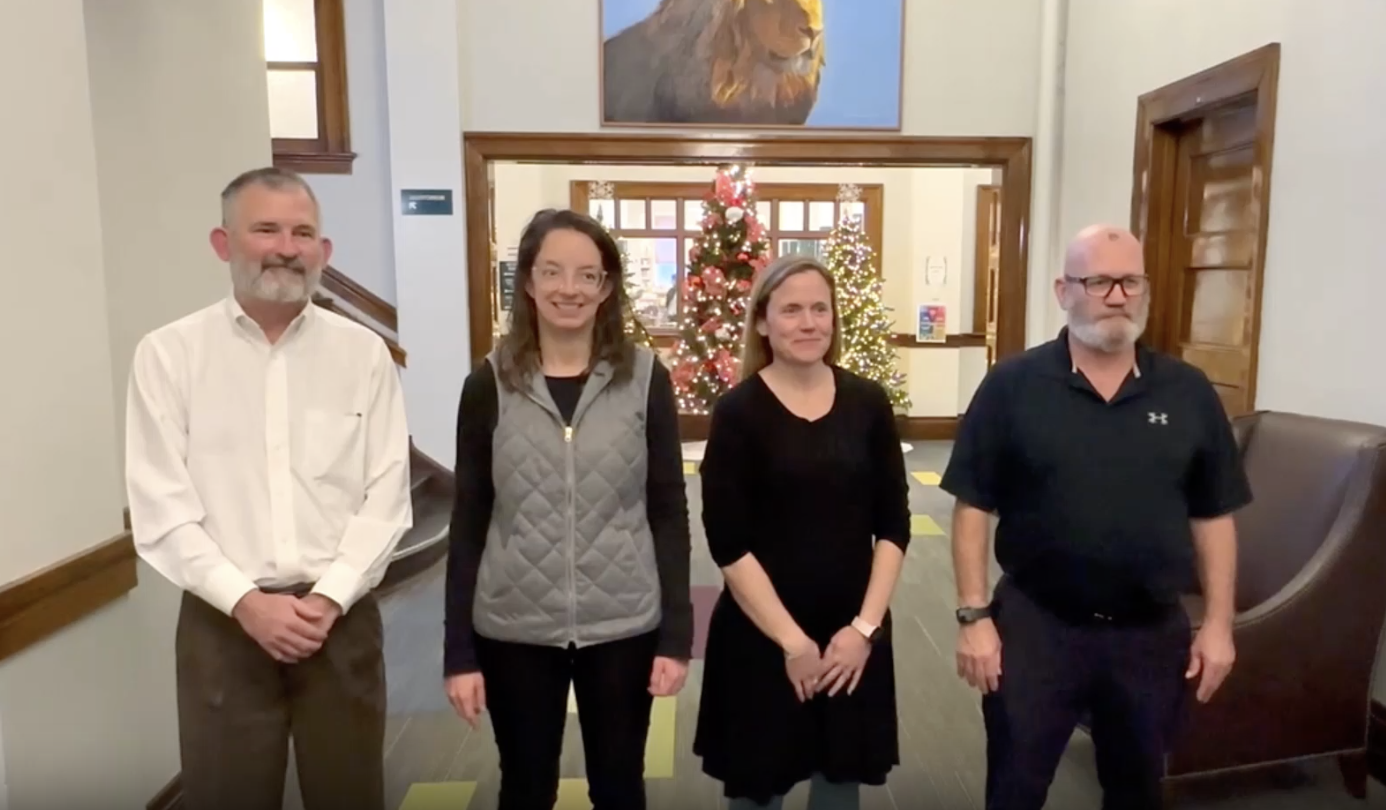This article is published in Post-Gazette on December 23, 2022. You need to subscribe to view this page.
Signing with a Pittsburgh accent
LAURA MALT SCHNEIDERMAN | PITTSBURGH POST-GAZETTE
DEC. 23, 2022
Val Wojton, deaf since birth, learned sign language at the Western Pennsylvania School for the Deaf in Edgewood. There, the days of the week were signed with the hand held near the cheek.
Then he went to Gallaudet University for deaf and hard-of-hearing students in Washington, D.C., and, as usual, tossed those signs into conversation. His new friends replied, “What are you talking about?”
That’s when he learned he had a Pittsburgh accent … in sign language.
American Sign Language has its roots early in the 19th century. Educator Thomas Gallaudet, Laurent Clerc of France and Mason Cogswell, father of a deaf daughter, in 1817 founded the Hartford, Conn.-based American School for the Deaf, which launched the language of signs.
The language stems from Old French Sign Language and from existing sign languages in the United States. Researchers believe that about 500,000 people use ASL today, but the exact number is not tracked.
Like any language, ASL has regional variations. Unlike in spoken language, regional variations do not carry stigma, but they can make comprehension a little slower. In Michigan, for instance, the sign for “outside” is the same as the ASL sign for “boss.”
“It can get confusing,” Mr. Wojton, the athletic director of the Western Pennsylvania School for the Deaf in Edgewood, signed through an interpreter.
Two main approaches exist to teaching communication among the deaf and hard of hearing. One is oralism — teaching oral speech and lip reading. The other is manualism — teaching sign language. From the 1860s through the middle of the 20th century, oralism was considered superior to manualism, and deaf children were not allowed to sign in many classrooms.

However, the research of longtime Gallaudet University professor William C. Stokoe Jr. led to American Sign Language’s acceptance as a language equal to oral languages. The term deaf with a lowercase d now indicates people who physically are unable to hear, while Deaf with an uppercase D means deaf people who use ASL and share a culture.
Western Pennsylvania School for the Deaf is a nonprofit, tuition-free school that teaches and provides programming for deaf and hard-of-hearing children from birth to 12th grade. Mr. Wojton and three other teachers there — Assistant Director of Human Resources Todd Behanna, high school social studies teacher Mary Agnes Behanna and Children’s Center ASL teacher Christie Homell — met this month to show some unique Pittsburgh ASL signs to the Post-Gazette.
And Pittsburgh isn’t the only Pennsylvania community with an accent.
Even Altoona and Scranton have a few signs unique to their region. Some words that commonly have local variants include birthday, picnic and Halloween.
Why signs evolve differently in different parts of the country is a mystery. Mr. Wojton speculated that Pittsburgh’s signs for the days of the week were made near the cheek because the standard ASL signs for yesterday and today are also made near the cheek. But no one seems to have kept track of these evolutions.
The sign for Pittsburgh, for example, is made by seeming to brush the index and thumb of one hand two or three times against the chest where a breast pocket would be. (sign for Pittsburgh goes here) Maybe that sign represents brushing soot from one’s clothes, or putting a handkerchief in one’s pocket.
Mr. Wojton thinks it comes from the pickle-shaped pin that visitors used to receive when they visited the H.J. Heinz Co. complex on the North Side. Interestingly, deaf people in Maine use the same sign, except that they brush down only once, to mean the state of Maine.
American Sign Language has its own grammar and conventions, which means it is not signed exactly as English is spoken. For the ASL rendering of the title of this piece, “Pittsburgh’s unique ASL signs,” the sign-to-word translation would read, “Title, what (is it?) Pittsburgh’s unique (ASL) signs.”
Thousands of deaf people live in Pittsburgh, by one estimate. “It’s a very close-knit community,” said Matt Campion, director of institutional advancement at WPSD. When deaf people have a social gathering, “they show up early and stay late.”
ASL has about 10,000 signs, not including gestures, classifiers, compound signs and words that are partly spelled with the manual alphabet, like signing “JB” for “job.” English has about 200,000 words. However, American Sign Language signers can spell out or combine signs to convey concepts that aren’t in an ASL dictionary.
Several ASL dictionaries exist, and they may include some sign variations.
Deaf children generally learn to sign from their peers or, if they are “mainstreamed” (put in public schools), from a single interpreter. In more than 90% of cases, deaf children have hearing parents.
Within ASL, other dialects exist, including Black American Sign Language, which evolved differently because of segregation in deaf schools. The old BASL sign for ice cream, for example, is based on the idea of eating out of a bowl because it was less common for Black people to be able to afford a cone. The usual ASL sign for ice cream approximates licking an ice cream cone.
Here are some unique Pittsburgh signs and their standard counterparts.
Pierogi
Chicken
Egg
How old are you?
Soon
That’s Pittsburgh!
Credits
Writing / Development
Laura Malt Schneiderman
Videography
Arturo Fernandez
Video Effects
Ed Yozwick
